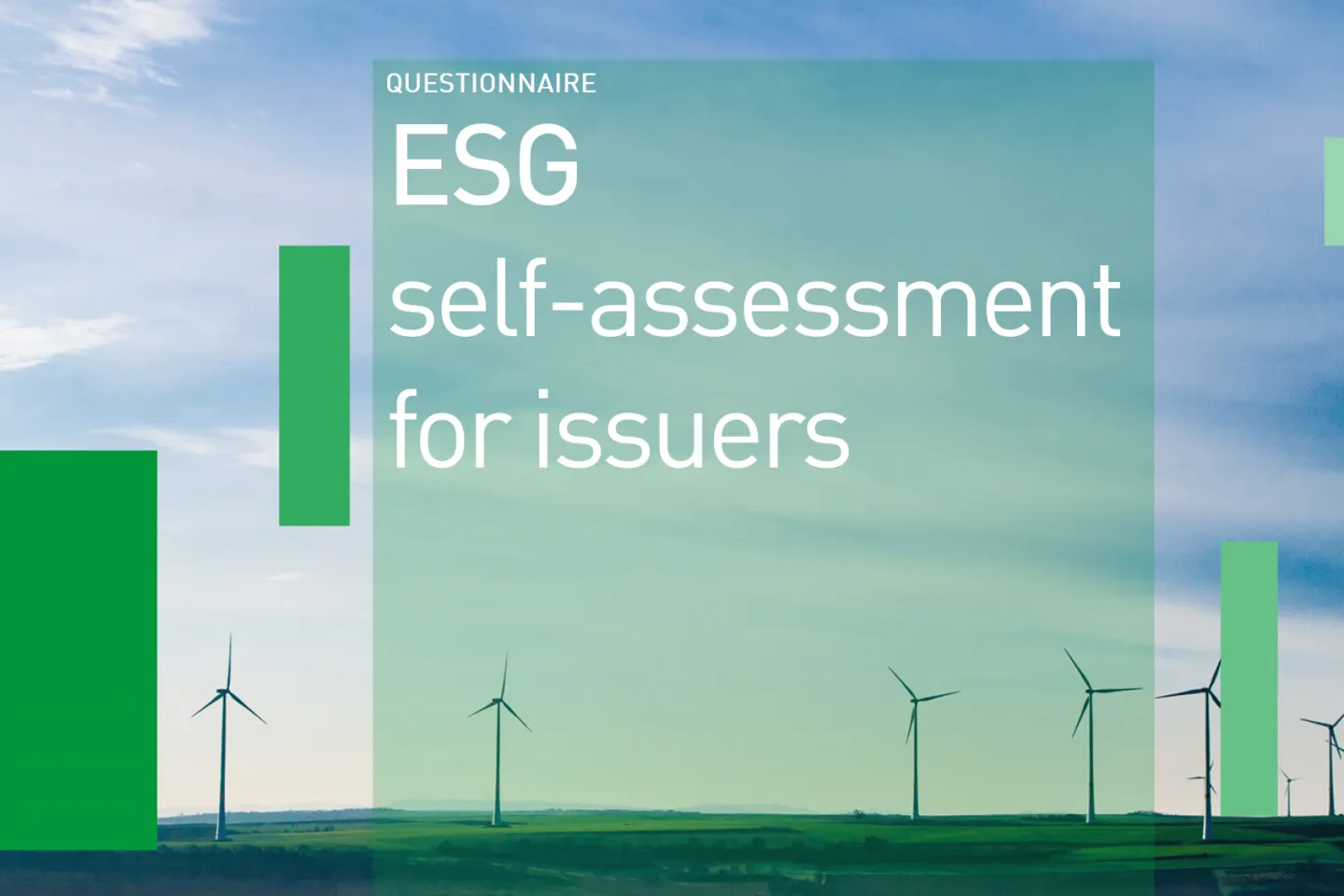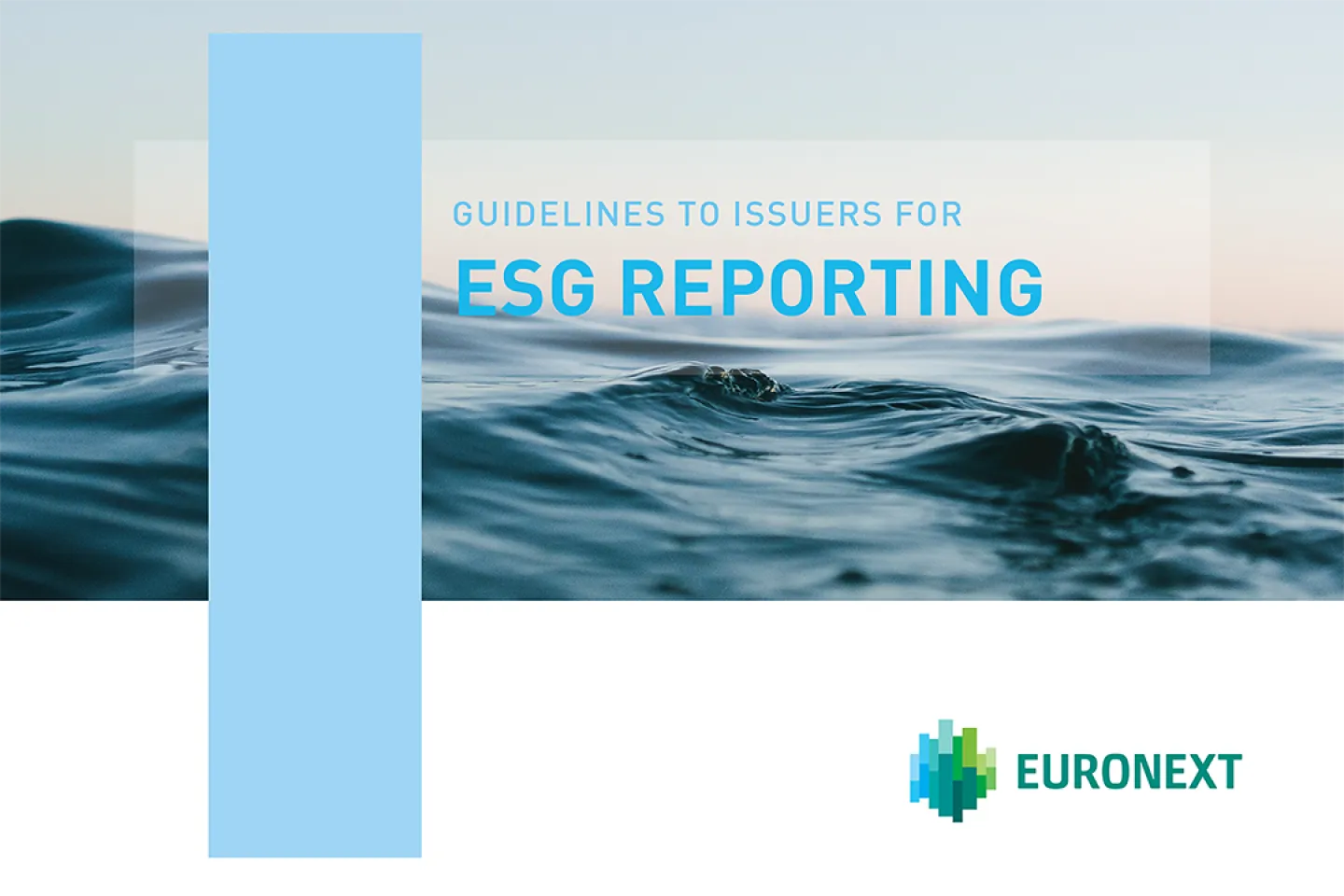Entrepreneurs rightly view stock market listing as a milestone, but it is only a beginning, not an end.
Companies whose market debut attracts institutional and retail investors begin a new existence, where success is shaped by the quality of their relationship with the market.
Listing becomes the core of their financial and growth strategy. An IPO goes well beyond regulatory issues, day-to-day market performance and the capacity to raise more capital. Listing is an asset to be maintained and carefully tended; it is a resource that the company can use to seize new opportunities to grow, either organically or through M&A.













